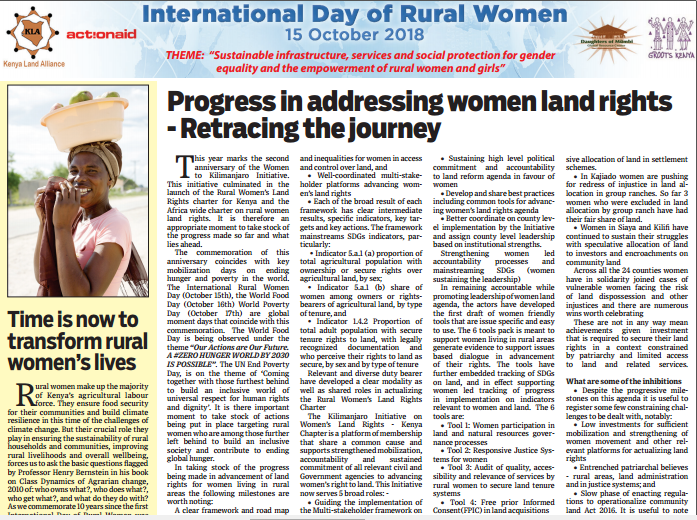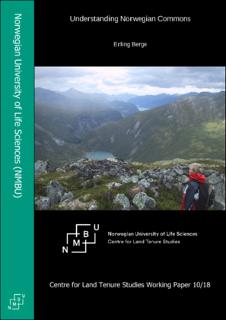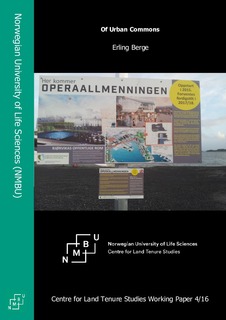IMPLEMENTING CONSTITUTIONAL LAND PROVISIONS NOW TO ENABLE MORE WOMEN TO OWN LAND
Implementing Constitutional Land Provisions Now to Enable More Women to Own Land. March 8 is celebrated as the International Women’s Day – an event that celebrates women’s achievements on many scores ranging from the political to the social, and at the same time calling for gender equality.









